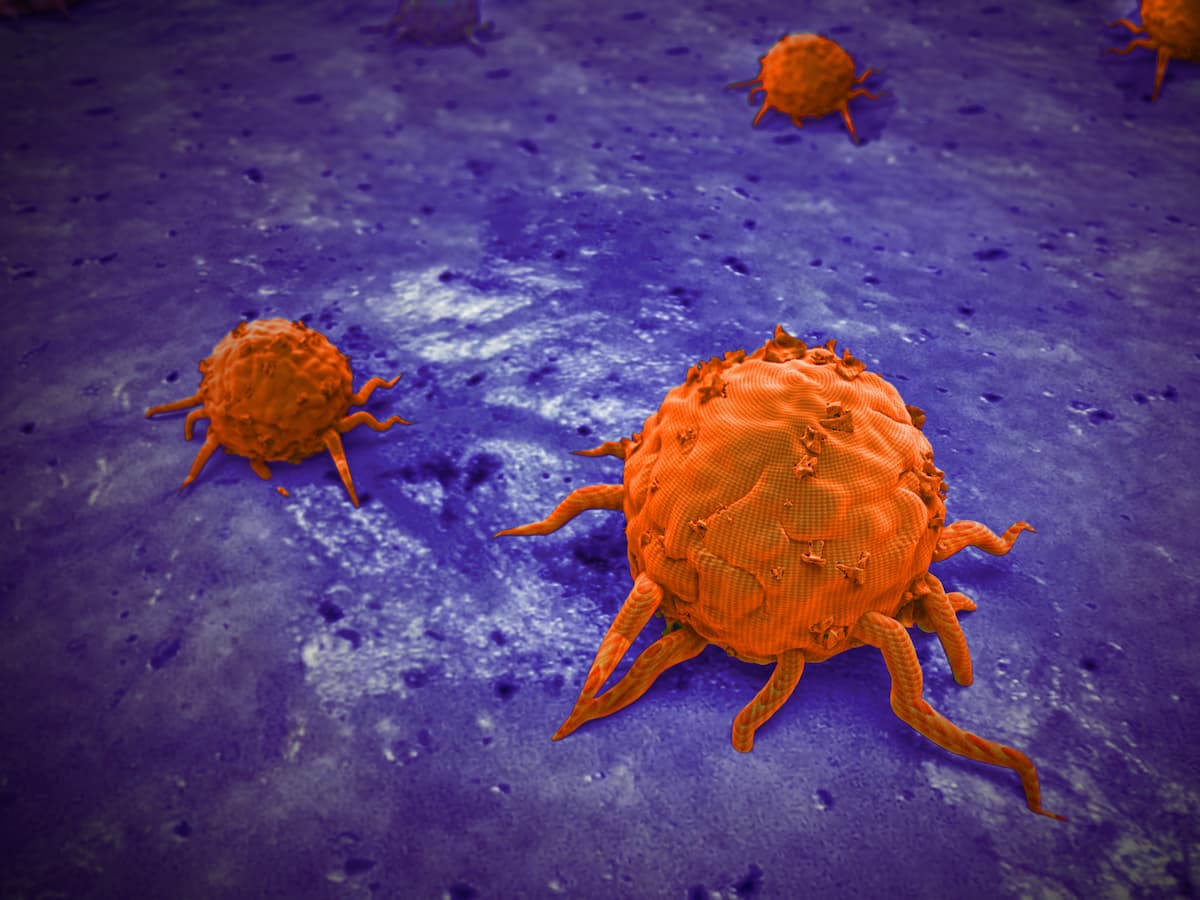Adaptive SBRT May Reduce GU/GI Toxicity Risk in Prostate Cancer
Jonathan Leeman, MD, indicates that the longer-follow is necessary to confirm late toxicities and disease control associated with adaptive radiotherapy in patients with prostate cancer.
"Advanced technological tools for providing precise radiotherapy can substantially reduce the impact of [adverse] effects [AEs] on patients receiving radiotherapy for prostate cancer, and MRg-A-SBRT is an important example of this," according to Jonathan E. Leeman, MD.

Use of magnetic resonance–guided daily adaptive stereotactic body radiotherapy (MRg-A-SBRT) correlated with a significant reduction in acute grade 2 or higher gastrointestinal (GI) or genitourinary (GU) toxicities compared with CT-guided non-adaptive SBRT in patients with prostate cancer, according to findings from a meta-analysis published in Cancer.
According to pooled data from 29 clinical trials comprised of 2547 patients, acute grade 2 or higher GU toxicity ranged from 5.0% to 33.3% in patients treated with MRg-A-SBRT and from 9.1% to 46.7% in patients receiving CT-SBRT. Additionally, grade 2 or higher GI toxicity ranged from 0% to 8.3% and from 2.0% to 23.3% with each respective treatment modality.
Investigators reported a pooled estimate of 16% (95% CI, 10%-24%) for acute grade 2 or higher GU toxicity and 4% (95% CI, 2%-7%) for GI toxicity with MRg-A-SBRT. The corresponding pooled estimates with CT-SBRT were 28% (95% CI, 23%-33%) and 9% (95% CI, 6%-12%). There was significant heterogeneity between MRg-A-SBRT (I2 = 50%, P = .04) and CT-SBRT (I2 = 73%, P <.01) with respect to grade 2 or higher GU toxicity.
The pooled estimate of acute grade 3 or higher GU toxicity with MRg-A-SBRT was 0% compared with 1% (95% CI, 1%-2%) with CT-SBRT. Investigators identified a correlation between prescription radiation dose and acute grade 2 or higher GU toxicity per univariate analysis (odds ratio [OR], 1.04; 95% CI, 1.00-1.09; P = .04). Based on meta-regression, the ORs for acute grade 2 or higher GU and GI toxicity with MRg-A-SBRT vs CT-SBRT, respectively, were 0.56 (95% CI, 0.33-0.97; P = .04) and 0.40 (95% CI, 0.17-0.96; P = .04).
Across CT-SBRT studies, the weighted grade 2 or higher GU toxicity rate was 27.4% in 17 studies that involved use of fiducial markers vs 26.4% in studies where markers were not used (P = .67). The weighted grade 2 or higher GI toxicity rate was 6.8% vs 8.0% in each respective type of study (P = .34).
“Advanced technological tools for providing precise radiotherapy can substantially reduce the impact of [adverse] effects [AEs] on patients receiving radiotherapy for prostate cancer, and MRg-A-SBRT is an important example of this,” lead study author Jonathan E. Leeman, MD stated in a written comment to CancerNetwork®.
“In particular, the role of adaptive radiotherapy, which involves personalizing each individual radiation treatment for the patient’s anatomy in the moment of treatment and accounting for day-to-day changes in the positions of critical organs such as the prostate, bladder, rectum and urethra, may be responsible for an improvement in the [AE] profile of prostate radiation.”
Leeman is a physician in the Department of Radiation Oncology at Dana-Farber Cancer Institute and Brigham and Women’s Hospital as well as an assistant professor of Radiation Oncology at Harvard Medical School.
Investigators conducted a meta-analysis to evaluate acute toxicity rates associated with MRg-A-SBRT and CT-SBRT in patients with prostate cancer. Data collection involved using PubMed and Google Scholar to search for prospective prostate SBRT studies published between January 2018 and August 2022.
Prospective trials that assessed SBRT in prostate cancer, had a sample size of at least 10 patients, involved a SBRT regimen delivered in 4 to 5 fractions, and involved the use of photon radiation were included as part of the meta-analysis. Investigators did not include retrospective analyses, proton therapy studies, and trials assessing SBRT boost plus external beam radiotherapy, SBRT re-irradiation, or postoperative SBRT as part of the meta-analysis.
Among the patients included in the meta-analysis, 48.9% of those who received MRg-A-SBRT had high-risk or metastatic prostate cancer compared with 15.1% of those receiving CT-SBRT (P = .05). In each respective treatment group, androgen deprivation therapy was used in 69.3% vs 22.3% of patients (P = .03). Investigators noted no statistically significant differences between treatment groups in weighted means of age, prescription dose, prostate volume, or International Prostate Symptom Score.
Leeman described some potential limitations concerning the scope of the meta-analysis, and discussed how future research intends to elucidate the long-term impact of MRg-A-SBRT in patients with prostate cancer.
“Because this is a relatively new technology, we were only able to study short-term [AEs] that occurred during treatment and within a few months following treatment,” Leeman stated. “It will be important to see what the long-term impact is on the urinary [tract] and bowel years following MRg-A-SBRT once the data are more mature. In addition, studying the efficacy of MRg-A-SBRT treatment for eradicating prostate cancer compared to more standard treatments will be crucial but this too will take several years of data collection before more conclusive evidence is available.”
Reference
Leeman JE, Shin KY, Chen YH, et al. Acute toxicity comparison of magnetic resonance-guided adaptive versus fiducial or computed tomography-guided non-adaptive prostate stereotactic body radiotherapy: a systematic review and meta-analysis Cancer. Published online July 24, 2023. doi:10.1002/cncr.34836
Newsletter
Stay up to date on recent advances in the multidisciplinary approach to cancer.
Elevating the Quality of Cancer Care via Cross-Department Collaboration
Experts from Sibley Memorial Hospital discuss how multidisciplinary work has enhanced outcomes such as survival and resource use at their institution.
Navigating Treatment Intensification in Metastatic Hormone-Sensitive Prostate Cancer
A patient case of a 50-year-old man with hormone-sensitive prostate cancer sparked a debate among oncologists regarding the best course of action.